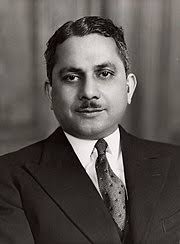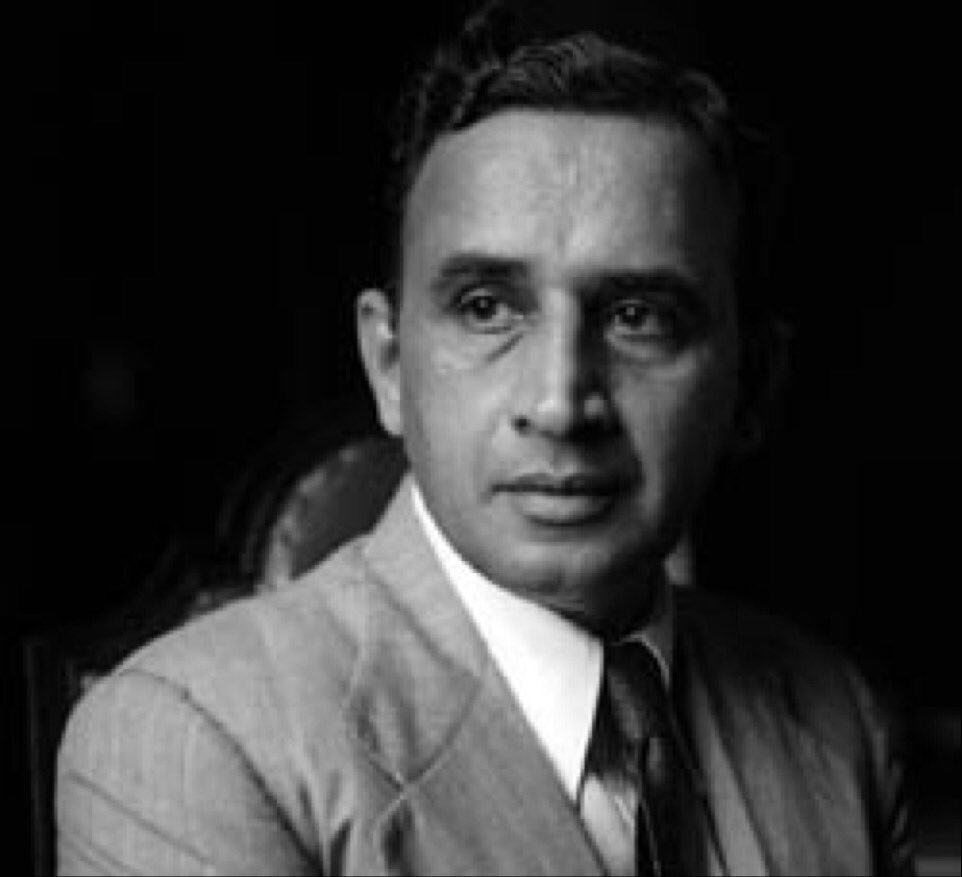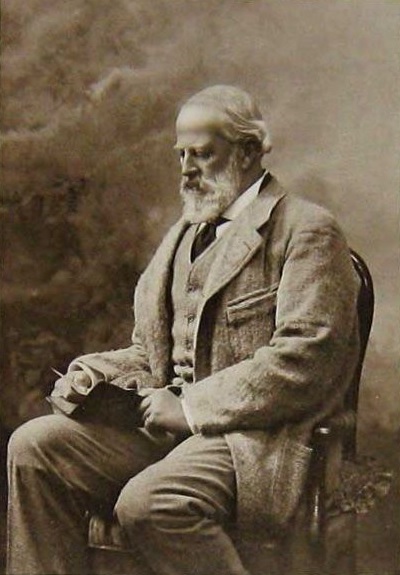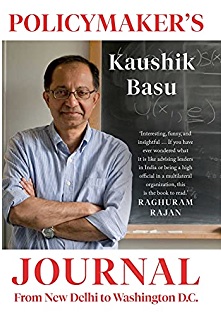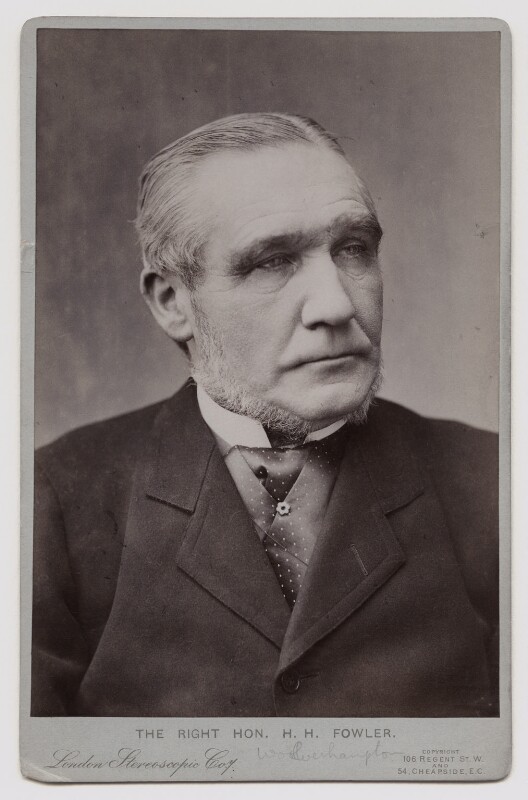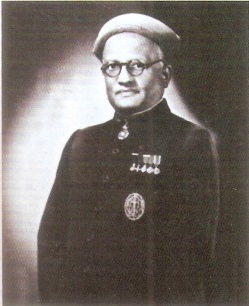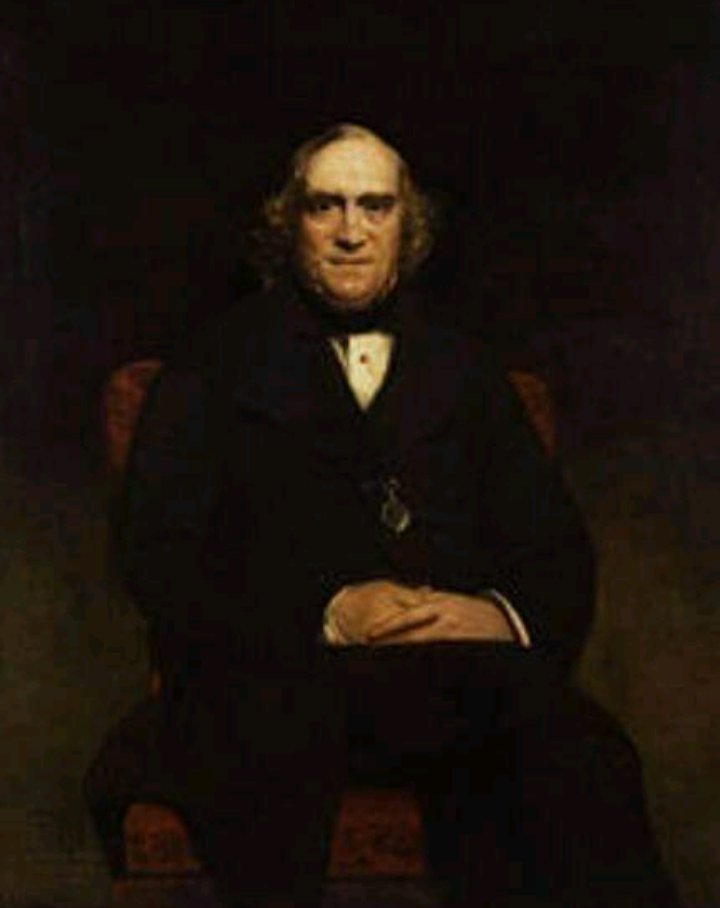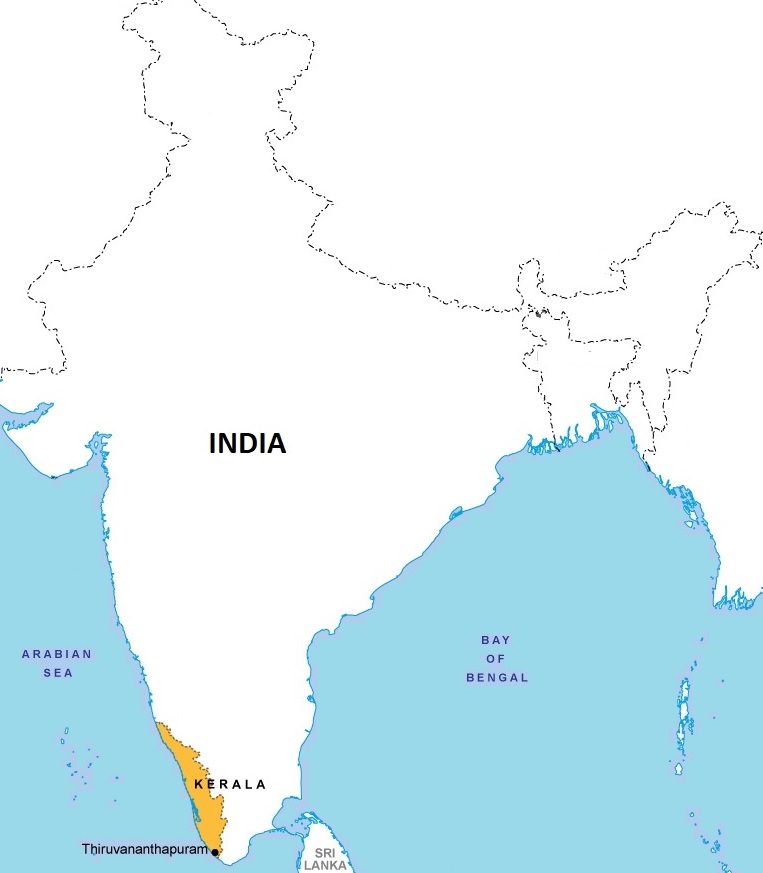
The Kerala State’s Economic Review 2020 blandly claims that the State’s development outcomes are comparable with the most developed countries. Is this true? Has Kerala’s progress in economic indicators since independence been superior to that of other States? To what extent are the State’s historical, geographical, social, and cultural factors responsible for its superior outcomes? Didn’t countries and regions with similar characteristics have similar and perhaps better outcomes? We examine these questions and are led to conclude that the ‘Kerala Model’ is less a model and more an experience. Continue reading “The Kerala Model: The Stories Within”
![]()
